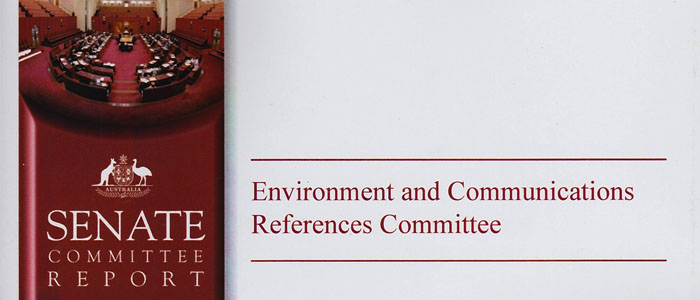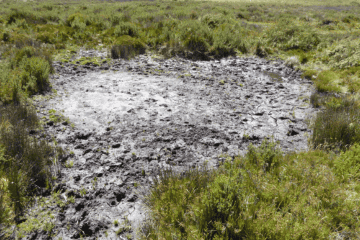
A landmark Senate inquiry report released this month sets a strong new direction to prevent new weeds, pests and diseases from invading Australia.
Seven hours after the Biosecurity Bill passed in the Senate, the inquiry’s chair Senator Anne Urquhart rose to her feet to deliver an important report – the results of a nine-month inquiry by the environment and communications committee into environmental biosecurity.
This was the first biosecurity inquiry focused on environmental issues since a Democrats-led inquiry in 2003/4. In the decade since there have been 15 Senate inquiries into various aspects of agricultural biosecurity, with only one having direct relevance to the environment.
The Senate inquiry, triggered by our efforts, demonstrated the importance of Parliamentary scrutiny. The unanimous report made 26 recommendations to address some of the many gaps and flaws that have allowed a multitude of new invasive species to become established in Australia.
In the report’s words, ‘incursions by exotic organisms with the potential to harm Australia’s natural environment are a regular occurrence’ and ‘pathway and risk analyses undertaken by the Department of Agriculture have not adequately addressed species of environmental concern’. The inquiry also expressed concerns over declining numbers of biosecurity staff, including in northern Australia, and deteriorating research capacity.
The committee accepted the credibility of our evidence of the need for change, with the inquiry’s report citing our submission 85 times. It also relied on evidence by a wide range of biosecurity and environmental experts from scientific, government, community and industry bodies.
The 92 submissions and the 45 people called as witnesses almost universally supported our contention that Australia is not well prepared to prevent new invasive species and respond to new incursions. Case studies on myrtle rust and tramp ants showed how this has resulted in harmful new invaders.
The only exception was the federal government’s view that environmental biosecurity is ‘well managed’. There were also differing views on whether our proposed Environment Health Australia is the best model for improving contingency planning and other preventative efforts.
The recommendations speak for themselves and include:
- Putting the newly-created role of Inspector-general of biosecurity to work in reviewing gaps in pathways and risk analysis.
- Improving national response agreements.
- Developing more meaningful targets in the national biodiversity strategy.
- Developing a priority list of pests and diseases of concern.
- Reviewing the Northern Australia Quarantine Strategy.
- Implementing threat abatement plans.
- Addressing the decline in scientific research and taxonomic services.
- Addressing weaknesses with the mail system, cargo imports and live bird and fish imports.
- Improving regulation of trade in plants and marine biofouling and developing a special biosecurity framework to protect Australia’s islands.
The report covered a lot of ground and addressed many deficiencies in our biosecurity system. However, there are gaps. The inquiry partly or fully supported only about one-third of our recommendations. In particular it failed to address many of the structural weaknesses we have identified and which are likely to continue to impede reforms. The report also did not address the community’s limited role in environmental biosecurity.
The government indicated to the Senate that it plans to respond to the report within three to four months.
As we said when the report was released, this bipartisan report is credible, compelling and extremely worrying. It will help move environmental biosecurity towards the more focused approach of agricultural biosecurity.
We are now calling on the federal agriculture and environment ministers as well as state and territory biosecurity ministers to immediately address the report’s recommendations.
The Greens, who supported the report’s recommendations, also issued a minority report with eight recommendations, including support for our proposed Environment Health Australia and funding to eradicate yellow crazy ants from the Wet Tropics World Heritage Area.
We recommend you read chapter seven of the report for its key findings and recommendations. We will need your support over the coming months to push the government into fully implementing the recommendations and giving much higher priority to protecting the environment.


